5 steps to make a budget spreadsheet
- Income and revenue
- Fixed expenses
- Variable expenses
- Savings and contingency fund
- Profit and loss
Whether you’re an individual, a for-profit business, or a nonprofit organization — a titan of industry or barely making ends meet — you need a budget to manage your personal and professional life.
Think of a budget as a spending plan that helps you prepare for the best possible future for yourself and your business. It’s the only surefire route to financial stability — and it could prove critical to your success and that of your business.
There are three main steps to creating a budget: determining what you have coming in, tallying what’s going out, and saving for a rainy day. The most common way to track these elements is with a budget spreadsheet.
If you’re just starting the budgeting process, you may have to make educated guesses for these inputs after doing some research. However, if you’re more seasoned, you can easily look back at historical spending to help inform future projections.
It’s important to make these projections so you can better prepare for what lies ahead. If you foresee a slowdown in your income because your employer has cut back your hours or there’s a drop in revenue because you had to temporarily shut down your business, you can react more quickly — and save yourself future financial pain — by using your budget spreadsheet to see where you can cut back on discretionary expenses.
Here’s a closer look at how to make a budget spreadsheet — and the sections you’ll want to include — in five easy steps.
1. Income and revenue
First, input the money you earn each month, whether that’s salary or revenue. If this is a personal budget, use your take-home pay — not your actual salary — or you’ll end up overestimating how much money you have to work with each month.
Calculating revenue for a business can be a bit more complicated, as you’ll have to add up all income sources and then divide that sum into a monthly figure.
2. Fixed expenses
Next, deduct your recurring monthly payments — which are a set amount — such as housing, car, insurance, and childcare for a personal budget, or rent, supplies, payroll, and insurance for a business budget.
The fixed expenses in your budget spreadsheet will vary based on your circumstances and experiences, so include your unique costs when making a budget spreadsheet.
3. Variable expenses
Expenses that change each month, like electricity and grocery bills, are your variable expenses. Input them in your budget spreadsheet next.
For a business, variable costs also include utilities and other discretionary expenses — those that aren’t vital to keeping the doors open but nice to have. Examples include the owner’s salary or new equipment. Include these costs with your variable expenses in your budget spreadsheet.
If income or revenue is high, you can easily make these extra expenditures. If money is tighter, you’ll have to reduce your variable expenses. Thankfully, your budget spreadsheet makes it easy to see where you can splurge or cut back.
4. Savings and contingency fund
Start putting some money away every month. Financial experts suggest saving 10 percent of your post-tax income, but it’s up to you to figure out how much you can afford to save.
In business, this is known as a contingency or an emergency fund. It helps you stay afloat when unexpected expenses arise. You can also use some of the money you save to reinvest in your company’s future, much the way Amazon funds its prolific innovation efforts.
5. Profit and loss
If you’re looking into how to make a budget spreadsheet for a business, include a profit and loss statement, or P&L, as well. It’s a fairly simple process: Add up all of the revenue in your budget spreadsheet and subtract all of the expenses. If it’s a positive number, you have a profit. If not, it’s a loss — and you may have to do some readjusting.
How to make a budget spreadsheet
So now you know how to make a budget spreadsheet — the only thing left is deciding what exactly you’ll use to create it. Fortunately, there are many tools and templates to help. Even the federal government has a suggestion.
You can use one of the spreadsheet programs you’re already familiar with, like Microsoft Excel or Google Sheets. Another option is Jotform Tables, which is not only a hybrid solution that combines the user-friendliness of spreadsheets with the powerful functionality of databases — but it’s free as well.




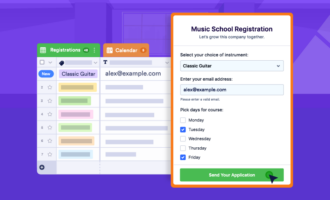
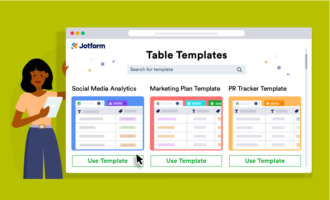





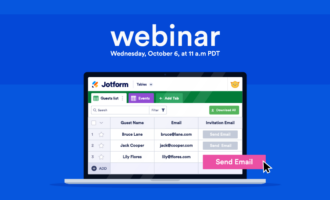


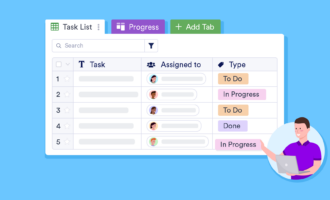
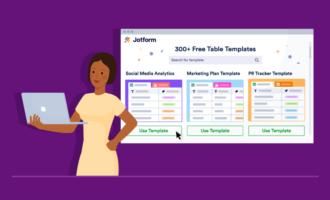







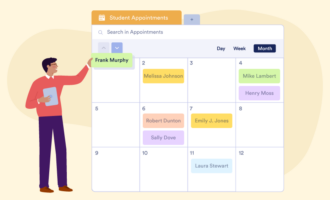































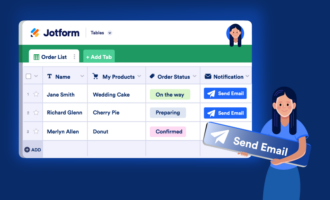

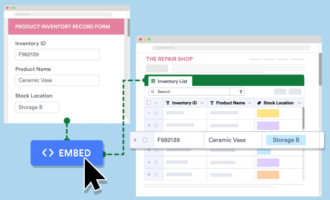



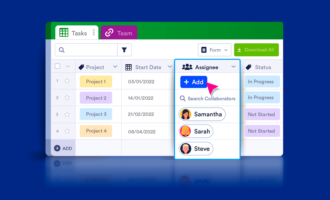







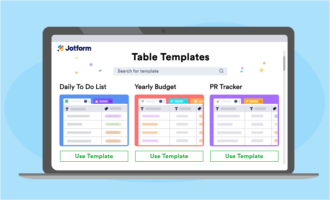
Send Comment: